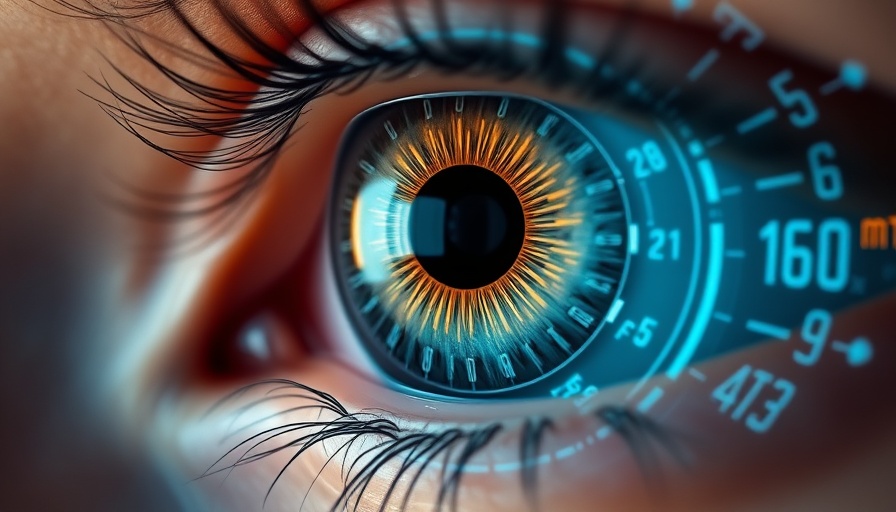
The Hidden Impact of Retinal Diseases on Eye Health
Retinal diseases, such as diabetic retinopathy and age-related macular degeneration (AMD), serve as a silent threat to vision that often manifests without early symptoms. Despite their severity, many individuals remain unaware of the potential risks due to a lack of understanding and awareness. The retina, the light-sensitive tissue at the back of the eye, plays a pivotal role in vision. When it is compromised by disease, sight can be profoundly affected, sometimes with irreversible consequences.
Understanding Retinal Conditions
As Dr. Dhwani Shah, a vitreo-retina specialist, highlights, retinal diseases can develop painlessly over time. Early signs like blurred vision or subtle changes in perception may not become evident until substantial damage has occurred. This emphasizes the necessity of early detection through regular eye exams. Conditions such as retinal detachment can evolve unnoticed and lead to severe visual impairment if not addressed swiftly.
Challenges in Accessing Eye Care
In India, the hurdles to accessing adequate eye care are significant, especially in rural areas where screenings are often ineffective or non-existent. Urban populations also face barriers; preventive care often only becomes a priority when obvious symptoms arise. Unfortunately, this lag in diagnosis can lead to avoidable vision loss, impacting individuals' quality of life and economic well-being.
Teleophthalmology: A Step Forward
One promising solution to these challenges is teleophthalmology, a form of remote healthcare that allows for early detection and monitoring of retinal diseases. According to Dr. Shah, this method is particularly valuable for high-risk populations, such as those with diabetes or a family history of eye problems. By fostering regular screenings and timely interventions, teleophthalmology helps manage conditions more effectively.
National Implications and Scope
Padmaja Kumari Rani, from the LVPEI, emphasizes that India accounts for a significant portion of the world's blindness cases. Surprisingly, a growing number of individuals losing their vision are in their prime working years, which poses a challenge not only for families but also for communities and the economy. Public discourse often centers around well-known issues like cataracts, but neglects the equally pressing issue of retinal disorders that threaten the well-being of the populace.
Proactive Health Monitoring
The good news is, with advancements in diagnostic tools and treatment options, many retinal conditions can be effectively managed, preserving sight. It's important to challenge the misconception that vision loss is an inevitable aspect of aging. Instead, it should be viewed as a preventable condition with the right awareness and action.
Actionable Insights for Better Vision Care
What can individuals do to protect their eyesight? First and foremost, comprehensive eye examinations must be prioritized. It’s important to be proactive about eye health by getting regular check-ups, especially if you have risk factors like diabetes or hypertension. Education plays an essential role in changing perceptions about eye health—understanding that vision is not just dependent on the clarity of sight but also on the health of the retina.
A Call to Action
Communities, healthcare providers, and individuals must join forces to raise awareness about the importance of eye health and the silent killers that can threaten it. Together, we can strive for a future where vision loss due to retinal diseases is not just managed but prevented. Make sure to schedule a check-up today, and spread the word about the importance of obtaining regular eye screenings.
 Add Row
Add Row  Add
Add 




Write A Comment